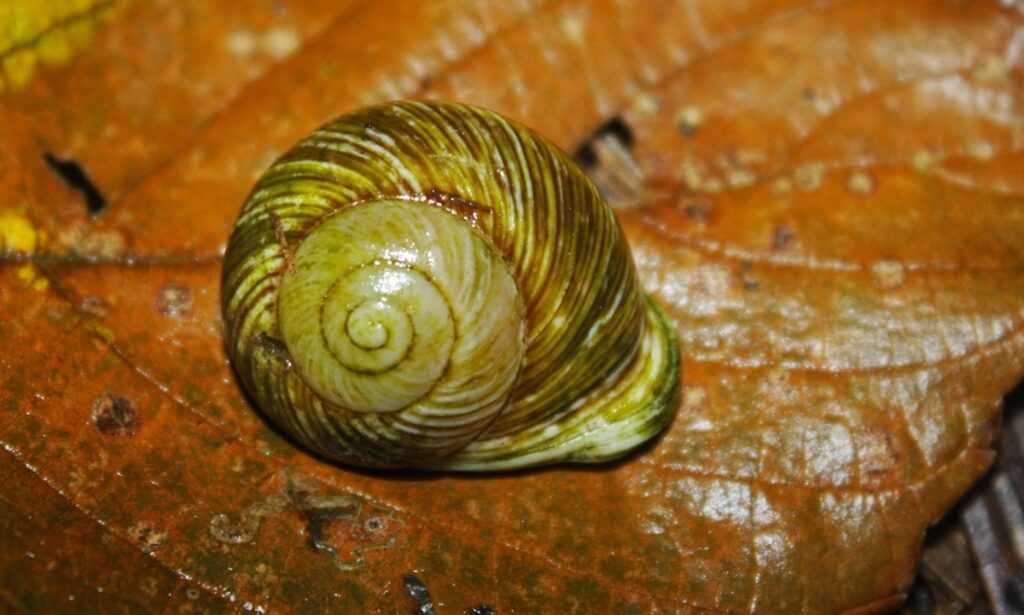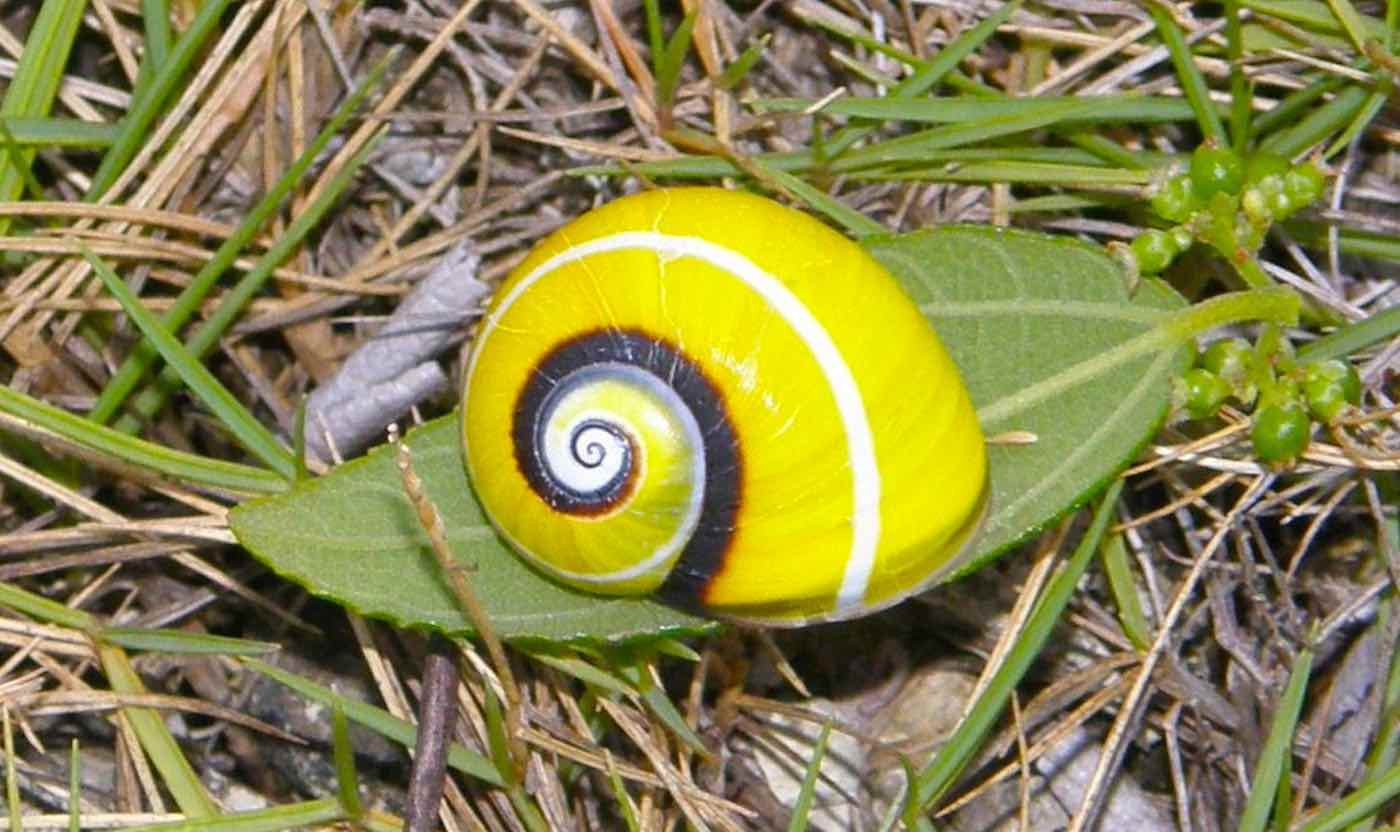There are things about the island of Cuba that don’t make the news—for example, it has the world’s largest biodiversity of snails.

The painted snail, polymita, is one of the most beautiful invertebrates on Earth and found only on this Caribbean island. Its shell is a wondrous spiral—all in colors of peach, lemon-lime, vermillion, blood orange, red ochre, and even pink.
Unfortunately the illegal wildlife trade has brought all six species of polymita to the point of being critically endangered, as recommended by Cuban wildlife researchers.
Recently, National Geographic reported on the love of polymita by the Italian photographer Bruno D’Amicis, who traveled to the island in order to photograph them in their natural habitat. He hopes to draw attention to the fact that demand for the snail shells in Cuba and abroad as colorful trinkets is driving them to extinction.
Scientists know that they live in a small vegetated coastal belt along the eastern shore of Cuba, but they don’t know how many there are, or even if they’ve discovered all of the existing species.
In their natural environment, the painted snails live in trees and shrubs devouring mineral-rich moss and lichen, the source of their brilliant colors. Their incessant eating of this vegetation help keep trees healthy, including on coffee farms—a huge part of the Cuban economy.
As prey, the snail feed the endangered Cuban kite and other endemic animals. Flashy color displays in nature are generally stemming from one of a few different reasons, such as a warning of toxicity, or to attract mates, but the purpose behind the polymita painted shells is still unknown.
According to a lead scientist studying the snails, Bernardo Reyes-Tur, speaking with Nat Geo he said, “some individuals stay in the same spot for six months.”
MORE: Giant Sharks That Glow in the Dark Discovered by Scientists Who Got Wise to Their Camouflage
Cuban wildlife biologists are attempting to educate both farmers in the region, especially coffee and tobacco farmers and foreign visitors, about the importance of the snail to the island. Studying their natural environment, biologists hope to establish a breeding program for them—as their slow, sedentary lifestyles make them extremely vulnerable to both poaching and climate change.
RELATED: For the First Time in 170 Years, Asia’s Longest-Missing Bird is Seen in Indonesia
The biologists are looking to demonstrate to people who earn their living from tourists that the snails are worth more alive than dead. Because their only home on Earth is Cuba, even though it is a socialist economy, it has cornered ‘the market’ on painted snails, and wildlife enthusiasts would be forced to visit if they wanted to see these glorious invertebrates in nature.
Featured image: Rafael Medina
CONSERVE the Good News—Share This Story With Friends…




















